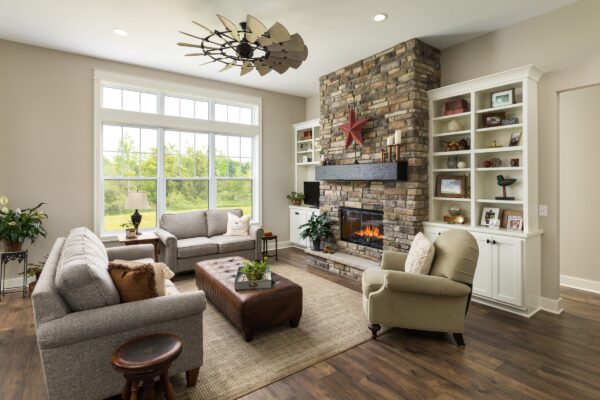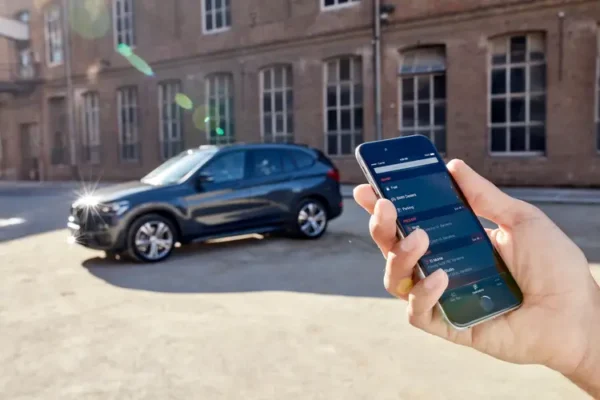
Working from Home in Times of Crisis

Telecommuting, distance working, remote working: the reality is that working away from the office is a legitimate and rapidly growing occurrence in business.
Remote working is extremely appealing to many businesses keen to capitalize on the flexibility and cost savings it brings, whilst helping build genuine relationships with remote teams and partners. It can also be a crucial part of a business continuity plan, if an office has to shut, or staff are unwell and need to work from home. Businesses can continue to operate with a minimum amount of disruption if the technology is in place to help staff work remotely.

The idea of working from home is already extremely popular with employees, and has seen a steady increase in recent years. A younger generation of workers, who have grown up with technology and are accustomed to making connections remotely from early childhood, can carry that experience with them into the workforce. With innovations in communication technology, the lines between workplaces and living spaces are virtually non-existent. Anyone can use cloud-based platforms and a laptop to instant message or video chat with co-workers.
If remote working has not yet played a role in the way a company does work, it undoubtedly will soon. But businesses will need a reliable way to create meaningful and productive connections with employees scattered around the world if this is to be successful. Video conferencing is the answer.
At AVer Europe for example, their team have been developing a range of products for this kind of interaction, with hardware certifications for major conferencing platforms like Google Hangouts Meet and Zoom Rooms. Cameras have been designed for every type of meeting room and situation, with products suitable for remote or small groups of distant workers. Options like the CAM340+ and the VB342+ Video Soundbar deliver diverse interoperability with most cloud-based video conferencing systems so team members can connect wherever they are and however they communicate.
If staff are not IT proficient or are wary of new technology and how to set up devices, smart functions incorporated in conferencing technology will eliminate the need for them to be IT experts, taking away their fears of using new technology. One of the main benefits of smart functions in the video conferencing room is that they eliminate clumsy manual camera setup and operation. Technology like SmartFrame and SmartSpeaker are excellent examples of functions that automatically adjust a camera’s field of view (FOV) and zoom via facial and voice recognition algorithms. With these solutions the user doesn’t have to pan, tilt, or zoom a conferencing camera to make sure a person is in frame. There’s also no need to manually switch the camera’s focus from speaker to speaker. SmartFrame lets you set the perfect frame to start a meeting with one push of a button. SmartSpeaker differentiates between random noises and the human voice to switch between speakers. These features cut out a significant amount of downtime, allowing staff to focus on the important work that needs doing.
A welcome result of video conferencing is the reduced carbon footprint for an organisation, with less travel. Most companies like to talk a lot about corporate social responsibility and using video conferencing to reduce travel is one of the best ways to back up that rhetoric.
In a world that is growing increasingly more virtual, with requirement to work away from the office for travel, sickness, or work-life balance, video conferencing means that communication and efficiency don’t need to be heavily impacted, and business operations can keep running smoothly.












































